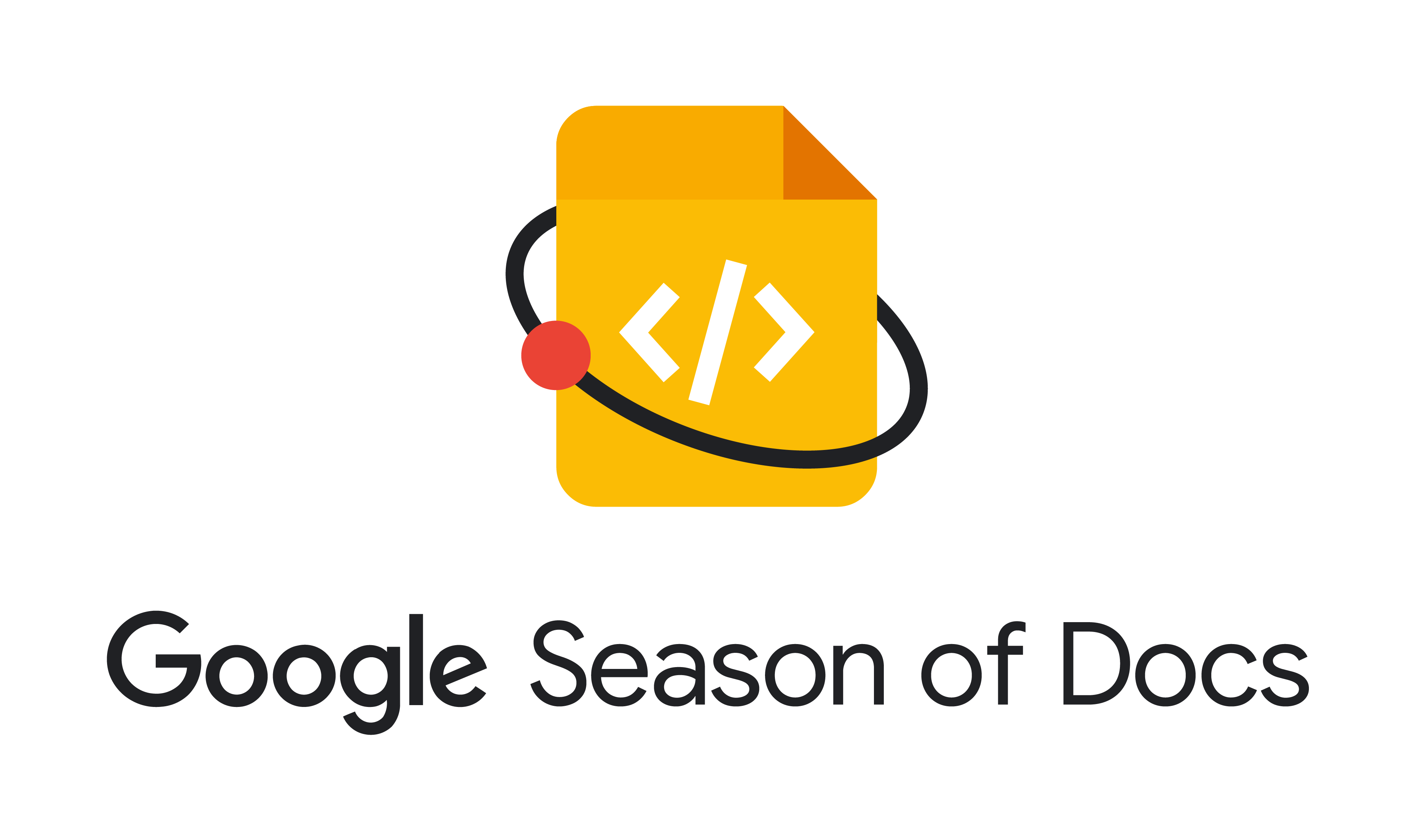OpenQuake Engine Documentation 3.23.4#

OpenQuake engine is the seismic hazard and risk calculation software developed by the GEM Foundation. By following current standards in software developments like test-driven development and continuous integration, the OpenQuake engine aims at becoming an open, and community-driven tool for seismic hazard and risk analysis.
The source code of the OpenQuake engine is available on a public web-based repository at the following address: gem/oq-engine.
General overview#
The OpenQuake Engine software provides calculation and assessment of seismic hazard, risk and decision-making tools via the data, methods and standards that are being developed by Global Earthquake Model (GEM) Foundation and its collaborators.
Introductory video#
The video below provides a basic introduction to the OpenQuake engine and its capabilities:
Additional information#
Contacts#
Support forum: https://groups.google.com/g/openquake-users
X/Twitter: https://x.com/gem_devs
License#
This material is distributed under the Creative Common License Attribution-NonCommercial- ShareAlike 3.0 Unported (CC BY-NC-SA 3.0). You can share it with others as long as you provide proper credit, but you cannot change it in any way or use it commercially.
Disclaimer#
The material shared here is distributed in the hope that it will be useful, but without any warranty: without even the implied warranty of merchantability or fitness for a particular purpose. While every precaution has been taken in the preparation of this material, in no event shall the authors and the GEM Foundation be liable to any party for direct, indirect, special, incidental, or consequential damages, including lost profits, arising out of the use of information contained in this document or from the use of programs and source code that may accompany it, even if the authors and GEM Foundation have been advised of the possibility of such damage. The Books provided hereunder are on as “as is” basis, and the authors and GEM Foundation have no obligations to provide maintenance, support, updates, enhancements, or modifications.
Thanks#
See the list of contributors and sponsors.
Google Season of Docs funds were used to hire a technical writer to lead the development of improved documentation. EFEHR|EPOS and USAID funds (through the FORCE project) were used to allocate the time from GEM technical staff.
The RST format manual was made possible by the support of the American People through the United States Agency for International Development (USAID.) The contents of this study are the sole responsibility of the GEM Foundation and do not necessarily reflect the views of USAID or the United States Government.



